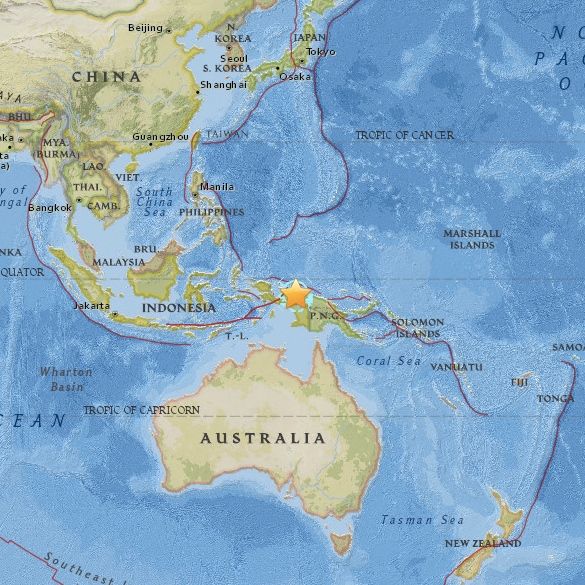A powerful 8.2-magnitude earthquake has recently shaken Indonesia, drawing attention to the precarious geological nature of the region. Indonesia, renowned for its volcanic activity and tectonic significance, sits on the Pacific Ring of Fire, making it susceptible to seismic events. This recent quake, which struck off the coast of Sumatra, has prompted a renewed discussion about the implications of such natural disasters on a nation renowned for its biodiversity and cultural diversity.
The earthquake occurred at a depth of approximately 24 kilometers, presenting a dual-edged sword in terms of impact. While its depth may have mitigated some surface damage, the sheer magnitude signifies a potential for widespread devastation. Local emergency services immediately activated response protocols, assessing structural integrity and ensuring medical provisions for affected populations. Early reports indicate damages to infrastructures, including roads and buildings, exacerbating the risks faced by remote communities.
One of the most pressing concerns stemming from this seismic event is the potential for tsunamis, a danger not to be taken lightly. Fortunately, the authorities swiftly issued tsunami alerts across multiple coastal regions, showcasing a learned awareness from historical catastrophes. For instance, the catastrophic tsunami of 2004 serves as a poignant reminder of the destructive capacity of oceanic waves triggered by underwater quakes. This time, however, the alerts were rescinded after verifying the quake’s characteristics, underscoring the importance of prompt and accurate communication during crises.
The aftermath of such a quake calls for a multifaceted approach toward recovery and resilience. Community engagement becomes imperative, with educational programs focusing on earthquake preparedness critical for ensuring public safety. Local governments and organizations must collaborate to enhance building codes and retrofit older structures, fostering a fortified urban landscape capable of weathering future tremors.
Furthermore, the geological studies following the earthquake can yield invaluable insights into the tectonic movements that define the region. Seismologists and geologists will undoubtedly delve into this event to construct models that may inform both potential future predictions and local policies. Understanding the mechanics behind such earthquakes is crucial for disaster readiness and minimizing loss of life and property.
In conclusion, the 8.2-magnitude earthquake serves as a stark reminder of Indonesia’s vulnerability, emphasized by its unique geological context. The events that unfold in the wake of such natural disasters can forge paths toward enhanced preparedness, community resilience, and a better understanding of Earth’s dynamic crust. Preparedness coupled with scientific inquiry will be instrumental not only in mitigating future risks but also in safeguarding the cultures and communities that thrive in this geologically rich archipelago.
